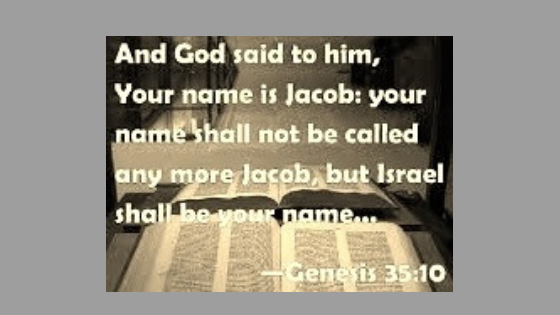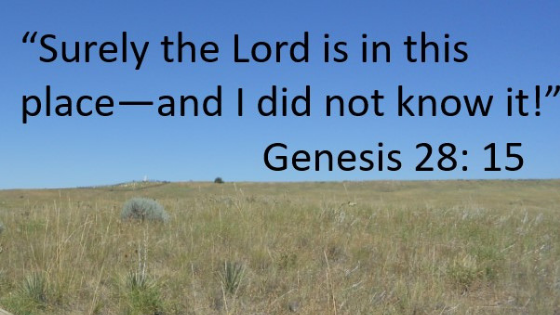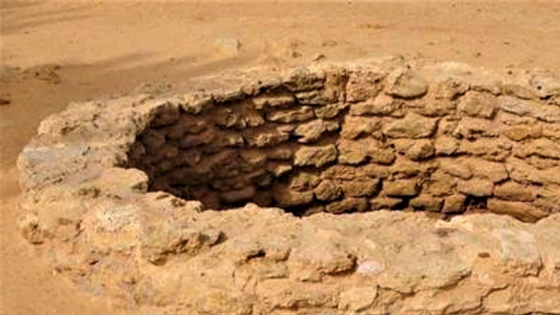
Shabbat Table Talk
Parashat Vayikra, Erev Shabbat 16 March 2018
Week of 11-17 March
Torah portion: Lev.1:1-5:26 Haftarah: Ezek.45:16-46:18
This week’s Torah portion covers the first five chapters of the Book of Leviticus, and presents various types of sacrifice to be offered to God in the sanctuary. To an unfamiliar reader, the details may seem antiquated or gruesome, given the references to slaughter, entrails and blood, more akin to a butchery, than to a sacred space. Navigating the text with the expertise of biblical commentators, however, the details begin to take on a cogent shape. As Levine explains, “Chapters 1–5 are addressed to the general populace—to individual Israelites and to their leaders, to all who wished to worship God or who were required by circumstances to offer a particular sacrifice. They tell what may be offered—animals, birds, grain, and so forth—and they lay down the proper procedures for presenting the different sacrifices” (Levine 3). The preliminary rites with the sacrificial animal are performed by the lay offeror: hand-leaning, slaughtering, flaying, quartering, and washing. The priest takes over at the altar and continues the sacrificial ritual (Milgrom 55-56). There are five key types of sacrifice: the burnt offering (ʿolah), the grain offering (minhah), and the sacred gift of greeting (zevaḥ ha-shelamim), sin/reparation offering (hattaʾt) and guilt offering (ʾasham). These offerings served a multiplicity of functions, depending on the type and occasion, including expiation of sins, completion of purification rites, thanksgiving, entreaty, vow fulfillment or spontaneous free-will.
We may consider the relevance of these chapters for us today. As Wenham asks, “What do we learn from a study of [Hebrew Bible] ritual?” For me, these chapters convey the importance of ritual as a way of connecting with God. The ancient Israelites – the kohanim (priests) and the lay people – understood that their sacrificial actions were not empty gestures, but were a means to communicate with God and to meet their need for forgiveness and healing, expressing joy and gratitude, and paying homage.
These chapters also remind us about ethical values. We may note that the sacrificial laws make special concessions for the underprivileged. As Milgrom comments, “A leitmotif of the sacrificial texts is their concern for the poor: everyone, regardless of means, should be able to bring an acceptable offering to the Lord. Thus, birds were added to the roster of burnt offerings and the pericope on the cereal offering (chap. 2) was deliberately inserted after the burnt offering, implying that if a person could not afford birds he could bring a cereal offering” (51).
Finally, these passages are valuable as they offer us rich sacrificial images and terms that resonate throughout the Hebrew Bible. In Isaiah 53, the servant is compared to “a lamb led to slaughter” (Is 53:7) while Jeremiah compares himself to “a gentle lamb led to the slaughter” (11:19). The New Testament too follows this tradition in referring to Jesus as the Lamb of God (John 1:29).
The offering of animal sacrifice as a formal act of worship may be inconceivable today. However, these Levitical chapters continue to hold validity and meaning for us by reinforcing the importance of connecting with God, upholding ethical values and providing us with a visual vocabulary of sacrifice.
For Reflection and Discussion: Do you agree that ritual and ethics are linked in the Hebrew Bible?
Bibliography: Jacob Milgrom, Anchor Bible (NY 1998); Baruch Levine, JPS Torah Commentary (Philadelphia, 2003); Gordon Wenham, “The Perplexing Pentateuch,” Vox Evangelica 17 (1987)
This week’s teaching commentary was prepared by
Nidhani De Andrado, Boston, USA, Bat Kol alum 2002/2003
(Email: pdeandrado@yahoo.com)
[Copyright © 2018]
……..……………………………………………..……………
PLEASE NOTE: The weekly Parashah commentaries represent the research and creative thought of their authors, and are meant to stimulate deeper thinking about the meaning of the Scriptures. While they draw upon the study methods and sources employed by the Bat Kol Institute, the views and conclusions expressed in these commentaries are solely those of their authors, and do not necessarily represent the views of Bat Kol. The commentaries, along with all materials published on the Bat Kol website, are copyrighted by the writers, and are made available for personal and group study, and local church purposes. Permission needed for other purposes. Questions, comments and feedback are always welcome.
………………………………………………………………………
Bat Kol Institute for Jewish Studies, Jerusalem
1983-2018
“Christians Studying the Bible within its Jewish milieu, using Jewish Sources.”
Website: www.batkol.info; Parashah Admin.: gill@batkol.info



